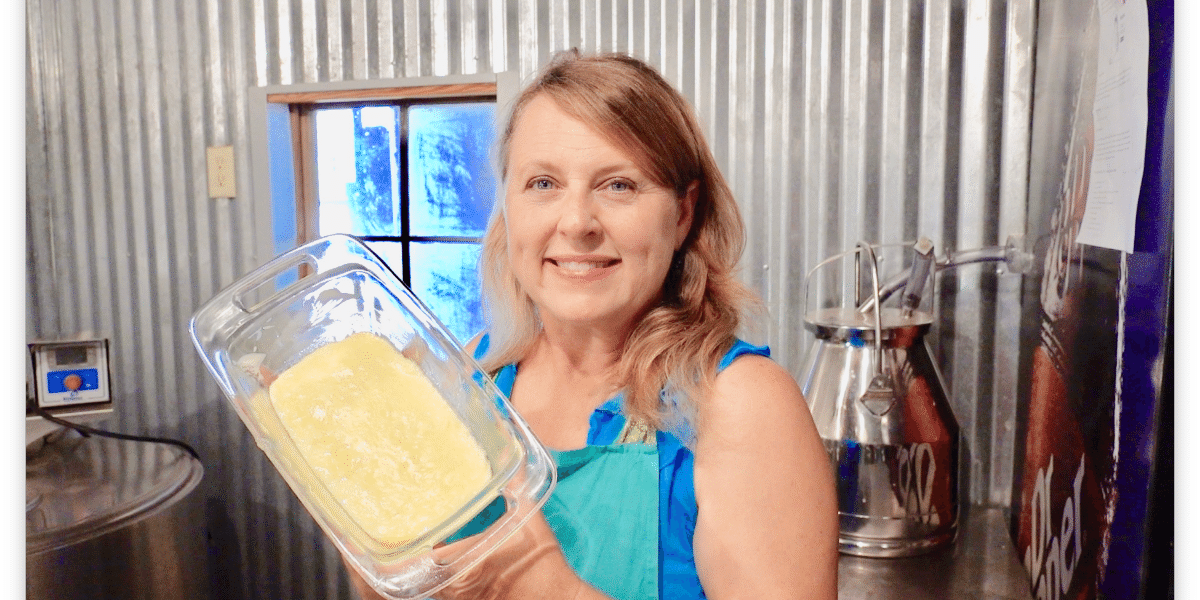Behind the Scenes with Cheese Makers Melbourne: Featuring Floridia Cheese
Behind the Scenes with Cheese Makers Melbourne: Featuring Floridia Cheese
Blog Article
Opening the Keys of Artisanal Cheese Making: A Step-by-Step DIY Guide
In the realm of culinary craftsmanship, artisanal cheese making stands as a testimony to the fragile balance in between custom and development. As we begin on this journey to demystify the art of producing exquisite cheeses, we are faced with a tapestry of secrets and abilities waiting to be deciphered.
Selecting the Right Milk
When getting started on the journey of artisanal cheese making, the selection of milk plays an important role in identifying the quality and attributes of the final product. The kind of milk chosen affects the taste, texture, and generally account of the cheese.
When picking milk for cheese production, it is very important to take into consideration the fat material. Higher fat web content in milk can cause a creamier and richer cheese, while lower fat web content may result in a drier and stronger texture. Additionally, the source of the milk, whether from cows, goats, sheep, or buffalo, contributes distinct tastes and attributes to celebrity (Cheese Makers Melbourne). Each sort of milk brings its own subtleties, enabling a wide variety of cheese varieties to be crafted based upon the chosen milk. Eventually, the option of milk is a fundamental choice that sets the foundation for a successful artisanal cheese-making endeavor.
Culturing and Coagulating
To start the cheese-making procedure, the important steps of culturing and coagulating need to be carefully executed to transform milk right into curds and whey. Culturing involves introducing beneficial germs to the milk, which then starts the fermentation process. These bacteria convert lactose (milk sugar) into lactic acid, producing the acidic environment required for coagulation. The kind of culture made use of can substantially impact the taste, appearance, and ripening of the last cheese product.

The timing and temperature control throughout culturing and coagulation are crucial elements that influence the last result of the cheese. Proper execution of these actions is important to ensure the wanted appearance, flavor, and consistency of the artisanal cheese being generated.
Draining and Pressing Curds
After the milk healthy proteins have actually coagulated and the curds have actually been reduced to launch whey, the following essential step in artisanal cheese making involves draining and pushing the curds to accomplish the desired texture and consistency of the final cheese item. The time for draining can vary depending on the type of cheese being made and the preferred dampness content.
Once the curds have sufficiently drained pipes, the next step is pushing. Pressing helps get rid of any staying whey and compacts the curds to develop a solid cheese wheel. Pushing can be done making use of specialized cheese presses that use mild and regular pressure over a time period. The period and stress used throughout pushing will influence the final texture of celebrity, from creamy and soft to difficult and company. Appropriate draining and pushing are essential steps that dramatically influence the high quality and characteristics of the artisanal cheese being generated.
Aging and Flavoring Methods
Implementing meticulous aging and flavor strategies is critical in boosting the deepness and intricacy of artisanal cheeses, raising their preference profiles to charming levels of refinement and refinement. visit this web-site Aging plays a critical duty in creating the unique flavors and appearances that identify artisanal cheeses.
Seasoning techniques also add significantly to the last taste of artisanal cheeses. Cheesemakers might pick to introduce extra flavors by including ingredients such as natural herbs, seasonings, or also fruits into celebrity throughout the production process. Furthermore, some cheeses are cleaned or rubbed with various fluids, such as salt water get redirected here or alcohol, to boost their appearances and flavors.
Wrapping and Storing Cheeses

Final Thought
In verdict, grasping the art of artisanal cheese making involves carefully selecting the right milk, adhering to exact culturing and coagulating processes, draining pipes and pressing curds effectively, and utilizing various aging and flavoring methods. Remember to wrap and keep your cheeses appropriately to make sure ideal taste and appearance advancement.
Each type of milk brings its very own subtleties, permitting for a broad variety of cheese varieties to be crafted based on the chosen milk.After the milk proteins have actually coagulated and the curds have actually been reduced to release whey, the following crucial action in artisanal cheese making entails draining pipes and pushing the curds to achieve the desired appearance and uniformity of the final cheese item. Most cheeses must be wrapped in wax paper or cheese paper to enable them to breathe while safeguarding them from drying out. For cheeses that require to continue aging, such as bloomy rinds or cleaned skins, guarantee they are stored in an amazing atmosphere like a cheese additional reading cave or a fridge established to the proper temperature level. By paying focus to the wrapping and storage of artisanal cheeses, cheese makers and lovers can protect the honesty of these delicacies and totally enjoy their complex tastes.
Report this page